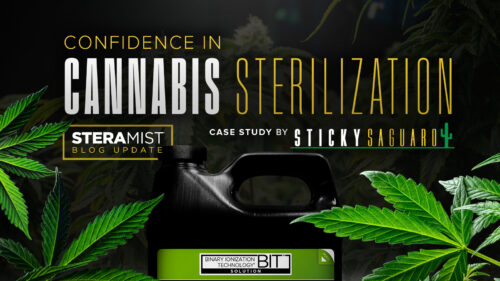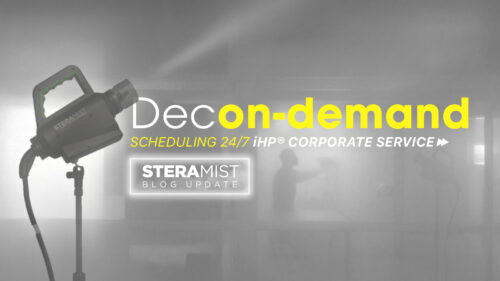Contamination Challenges in Commercial Algae
SteraMist is no stranger to decontaminating a wide variety of unique industries. One of these industries is commercial algae cultivation: a specialized industry producing microalgae for biofuels, nutritional supplements, pharmaceuticals, and other varied applications. These operations, ranging from vast outdoor ponds to sophisticated indoor photobioreactors, rely on optimizing conditions to transform sunlight and carbon dioxide into valuable biomass. But this biomass can be threatened by another, with protozoan contamination posing a significant risk. In a recent case, an algae grower encountered an infestation of protozoan ciliates—microscopic organisms that disrupt production. By feeding on the algae, these contaminants slowed growth rates and altered nutrient balances, threatening yields, product quality, and client satisfaction in an industry where consistency is critical.
Understanding Protozoan Ciliates
Protozoan ciliates are single-celled organisms equipped with cilia—tiny, hair-like structures—that enable rapid movement and feeding. Species such as Paramecium or Tetrahymena are common predators of algae and other microorganisms in their environment. For algae cultivators, this presents a serious challenge. Successful growth requires precise conditions: consistent mixing to ensure sunlight exposure, balanced nutrient inputs, and clean equipment. When ciliates infiltrate—often via contaminated water or airborne particles—they reduce algal biomass and disrupt the ecosystem’s stability. Effective disinfection is essential in these settings, as unchecked contamination can lead to significant losses in productivity and compromise the viability of entire batches.

Strategic Disinfection: Targeting Contamination
To address the ciliate outbreak and restore target production levels, the facility developed a focused disinfection protocol. The effort concentrated on critical zones: cultivation tanks, where algae are grown; light panels in photobioreactors, vital for photosynthesis; and high-risk areas prone to contamination, such as piping or untreated surfaces. In algae cultivation, maintaining sterile conditions is a top priority—even minor contamination can escalate quickly, given the rapid reproduction rates of organisms like ciliates. By reducing these threats to negligible levels, the facility made it a goal to safeguard operations and ensure the algae could thrive without interference, protecting both output and operational efficiency.
Precision Disinfection Solution
The disinfection process began with draining cultivation tanks and preparing all relevant spaces for treatment. SteraMist ionized Hydrogen Peroxide (iHP) was then deployed across the aforementioned areas, navigating hard-to-reach spots and effectively disintegrating the cellular structure of protozoan ciliates. The advantages of iHP in bioscience production such as algae growing are clear: it acts quickly, leaves no harmful residues, and allows operations to resume promptly after tanks are refilled. In this case, SteraMist restored the facility to full functionality, demonstrating its value as a reliable tool for managing contamination in commercial algae production, where time, purity, and consistency are critical.
Broad-Spectrum Benefits of SteraMist iHP
The success of SteraMist in this algae facility indicates a larger principle: disinfection is a cornerstone of biological sciences, ensuring the integrity of research and production across diverse fields. In laboratories studying microbial interactions, growing cell cultures, or developing bioproducts, contamination—whether from ciliates, bacteria, or fungi—can skew results, ruin experiments, or stop commercial output completely. Effective disinfection preserves controlled conditions, enabling scientists to isolate variables and producers to maintain quality, much like the grower needed to protect algae production. SteraMist’s precision and no wiping, and residue-free application make it particularly suited for endless lab and cultivation settings, offering a versatile solution that supports not just algae development but also broader biological applications where sterility drives success.



